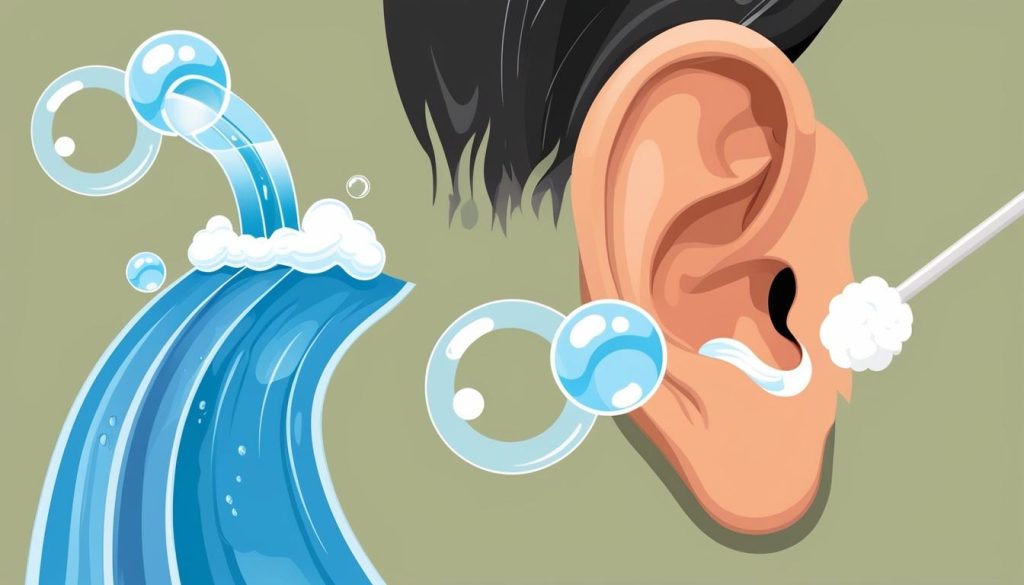**New York**: Dr. Craig Kasper discusses the complexities of ear maintenance in a recent podcast, warning against cotton swabs and advocating for safe methods like using water and professional help for excessive earwax removal, crucial for avoiding hearing damage and infections.
The ear is a complex organ essential for both hearing and balance, producing earwax, which plays a crucial role in maintaining ear health. Despite its natural function, earwax often raises questions about the proper methods for ear cleaning and maintenance. Dr. Craig Kasper, founder and managing director of New York Hearing Doctors, recently discussed these topics on the HuffPost podcast “Am I Doing It Wrong?”, sharing insights on effective and safe ear cleaning techniques.
Dr. Kasper strongly advises against the use of cotton swabs, commonly known by the brand name Q-Tip, for ear cleaning. He pointed out that the packaging typically does not recommend their use for cleaning ears, stating, “Never use a Q-Tip.” He elaborated that the diameter of a cotton swab is approximately the same as that of the ear canal, which often leads to the inadvertent pushing of wax deeper into the canal instead of removing it. This can result in the wax becoming trapped and potentially cause harm. “I’ve seen horrible things happen where people put Q-Tips in there, and then they start brushing their teeth,” he explained, warning that such actions could lead to puncturing the eardrum and conductive hearing loss, a condition that can be both painful and damaging.
Dr. Kasper noted that the ear canal is self-cleaning to some extent, likening its function to that of a conveyor belt. The skin in the ear canal naturally migrates outward, carrying wax with it. Regular activities such as showering, where water can flush the ear, are often sufficient for maintenance. He suggested that using a soapy finger gently during cleansing while in the shower can be an effective method. He stated, “If you just run water in your ear in the shower, it should flush that out.”
For individuals who produce excessive earwax or have particularly hairy ear canals, professional assistance is essential. Dr. Kasper encouraged visiting a healthcare professional for proper care, mentioning that various safe and straightforward techniques exist for effective earwax removal.
In addition to seeking professional help, he mentioned that applying a few drops of hydrogen peroxide can help soften earwax for easier flushing. However, he cautioned against overcleansing, noting, “don’t do it too much, because the last thing you want to do is over clean your ear.”
Correct ear maintenance is crucial, as improper removal techniques can lead to risks, including infections and damage to the ear. Regular check-ups with regulated hearing professionals are important to ensure ear health and prevent any complications arising from earwax build-up or improper cleaning methods.
The anatomy of the ear, including its evolutionary significance, suggests that its design reflects adaptations beneficial for hearing. Additionally, earwax properties can vary among different populations, indicating a diverse biological function across cultures.
Factors such as lifestyle choices, environmental influences, and stress levels can also play significant roles in hearing health. Recent global events, including the COVID-19 pandemic, have brought increased awareness to the impact that stress and changes in daily life can have on overall health, including auditory functions.
In summary, maintaining ear health involves understanding the natural processes of the ear, using safe cleaning methods, and ensuring regular check-ups with qualified professionals.
Source: Noah Wire Services

